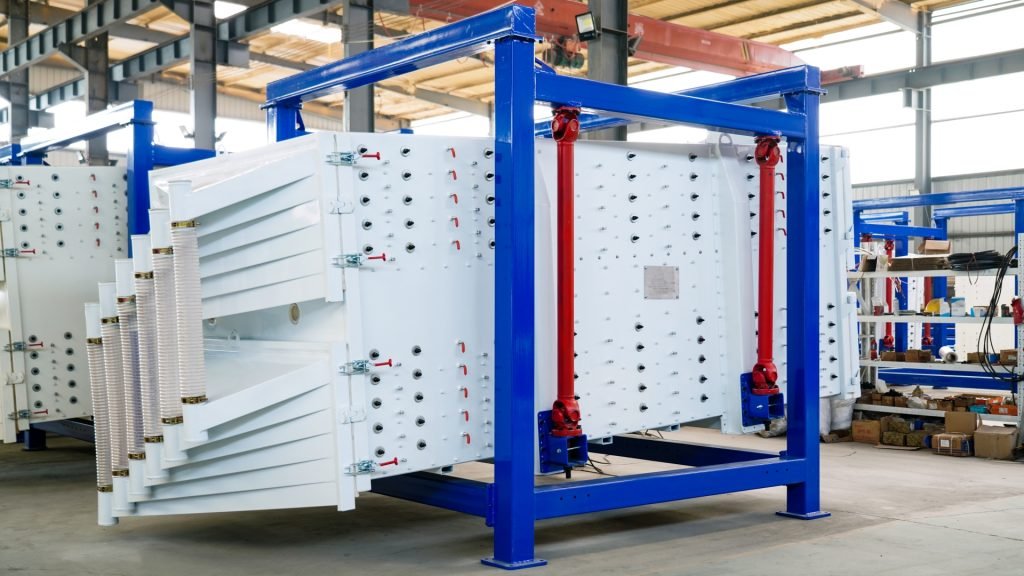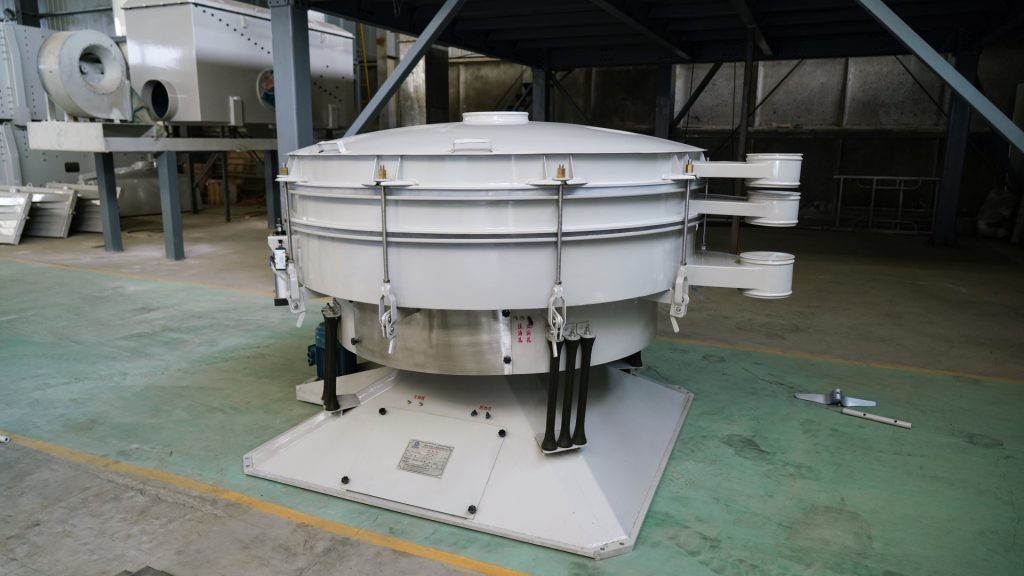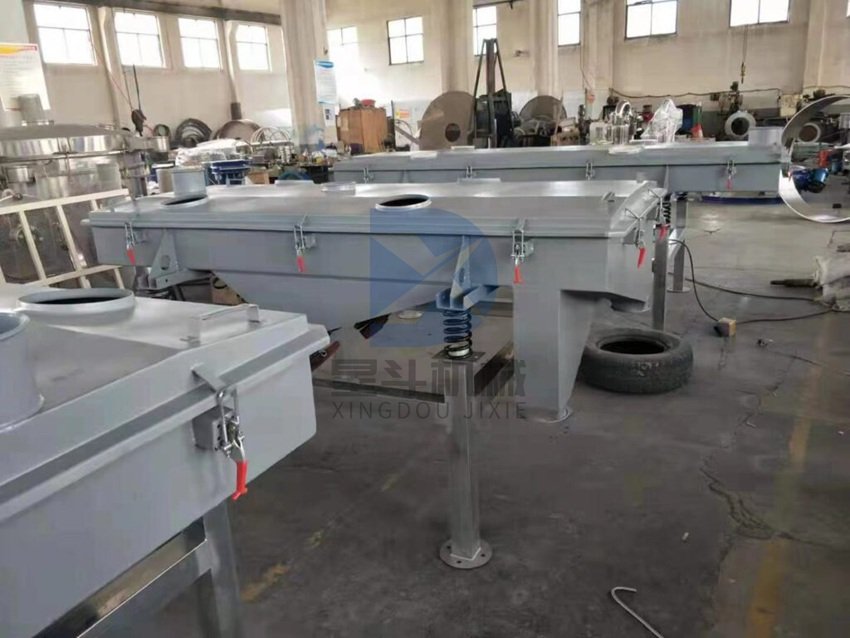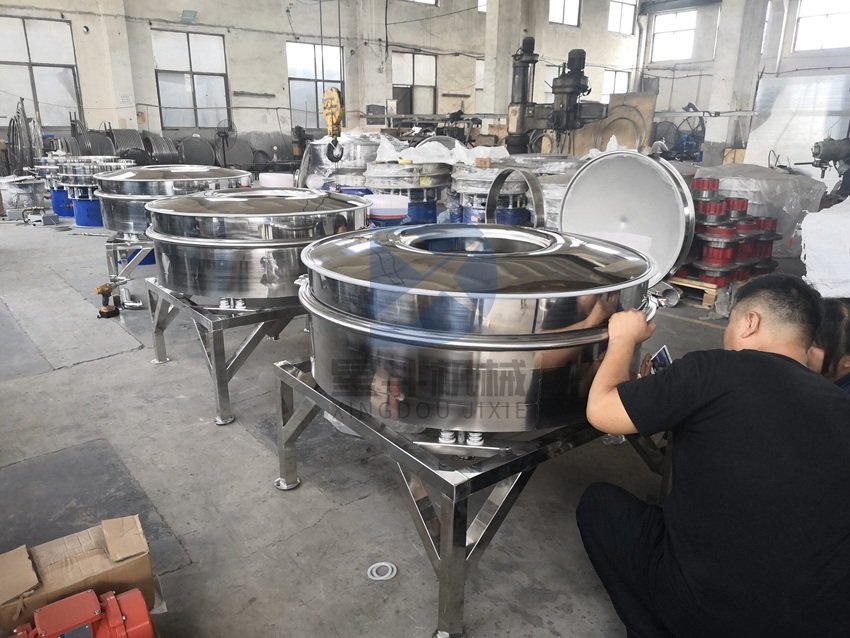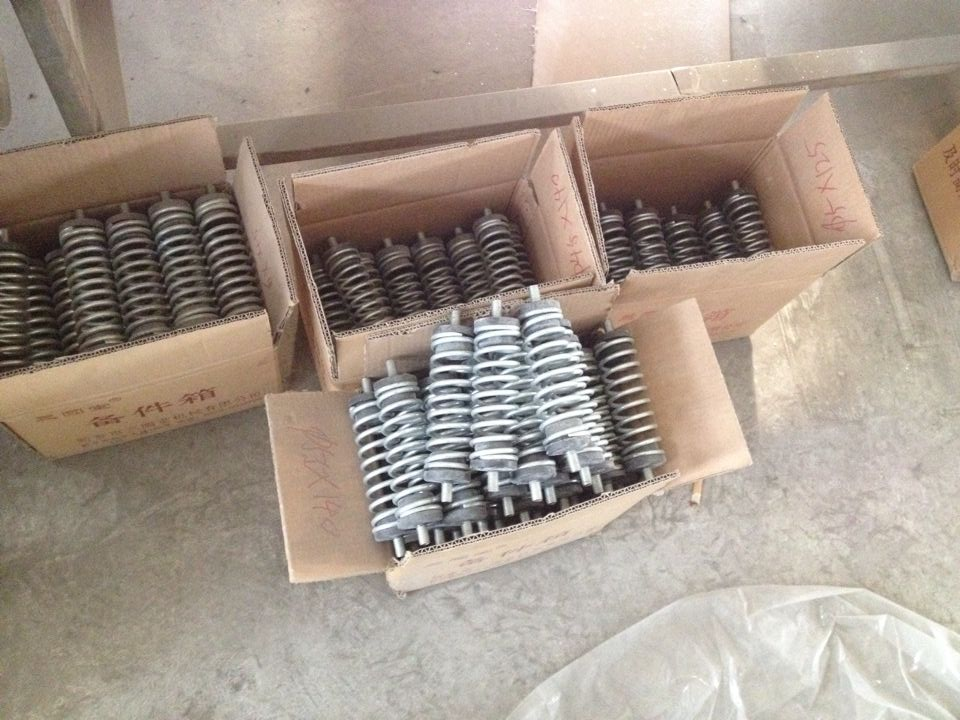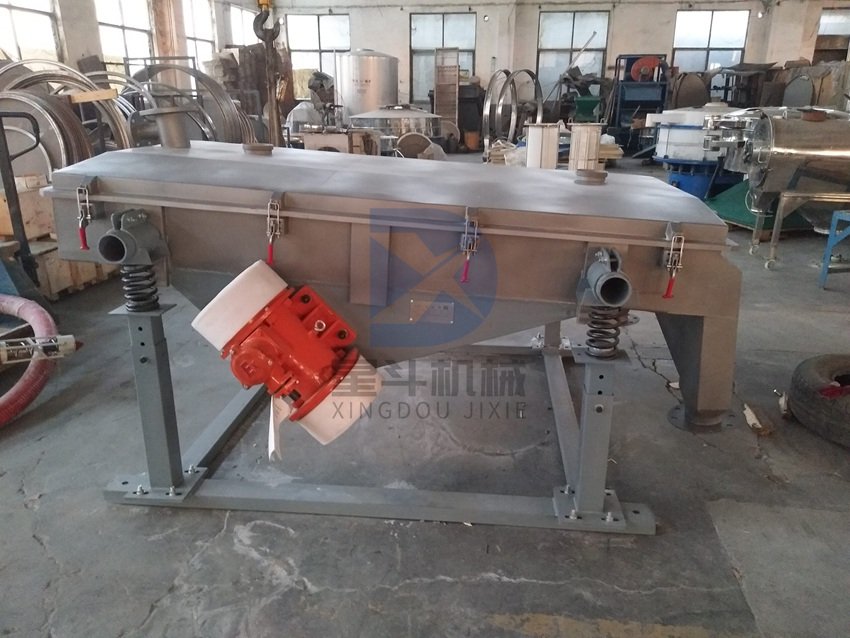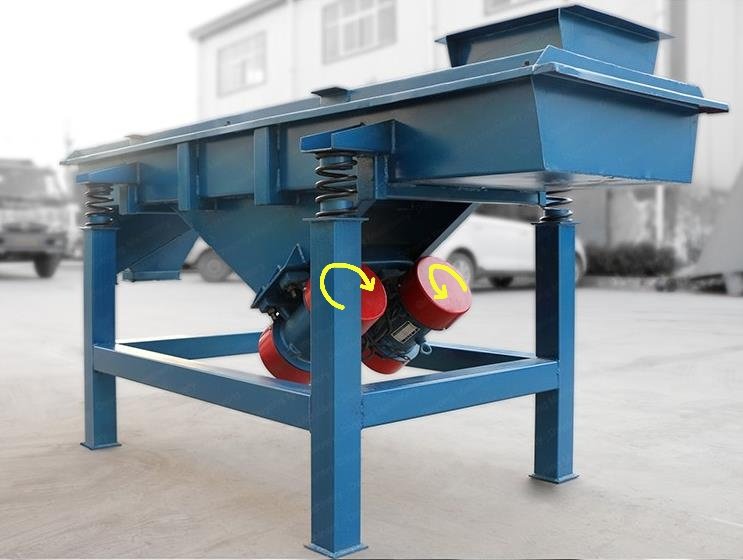Circular tumbler screen and rotary vibrating screen are both commonly used for screening and sieving purposes, but they have some differences in their design, operation, and applications. Here are the main differences between the two machines:

Working Principle
Circular tumbler screen: Circular tumbler screen has an elliptical or circular swinging motion. It operates by gyratory vibrations in a horizontal plane, causing the particles to move in a spiral pattern on the screen surface. This motion pattern helps prevent particles from blocking the screen openings and ensures efficient screening.
Rotary vibrating screen: The rotary vibrating screen uses a circular motion at an angle to the horizontal plane. The screen deck is mounted on a rotating shaft, and the vibrations are generated by a motor with eccentric weights. This motion pattern allows for effective screening and can handle a wide range of materials.
Impact On Materials
As we all know, vibrating screen is through the principle of high-speed vibration to screen materials, it is because high-speed vibration, will destroy the shape of the material, so many granular crystalline brittle materials are not suitable for vibrating screen screening, such as chicken essence, MSG, sugar, cooked food and so on.
The circular tumbler screen is a slight elliptical swaying motion, there is no high-speed vibration, the impact on the material is minimal, it will not destroy the shape of the material, and significantly improve the yield of the material.
Maintenance Rate And Service Life
Rotary vibration screen uses the use of high-speed vibration principle, the vibration of the machinery itself causes significant damage, a long time is easy to produce vibration cracking or deformation phenomenon, often the damage to the screen is not caused by normal wear, but the vibration of the vibration screen itself caused by friction, and the noise is relatively large, and the motor used by the rotary vibration screen is a vibration motor, the vibration motor is relative to ordinary motors. Its service life is short and the maintenance rate is high.
The circular tumbler screen adopts the low-speed swing principle, which ensures the service life of the equipment, reduces the maintenance cost, reduces the noise of the equipment, and makes the equipment safer to use.
Screening Efficiency
Circular tumbler screen: Due to the tumbling motion and multiple screen decks, circular tumbler screens typically offer higher screening efficiency for difficult-to-screen materials and fine particles. The tumbling action helps in breaking up agglomerates and ensuring accurate separation.
Rotary vibrating screen: Rotary vibrating screens also provide high screening efficiency but are generally more suitable for materials that are easily separable and don’t require the additional assistance of tumbling motion.
Capacity And Throughput
Circular tumbler screen: Tumbler screens usually have a lower capacity compared to rotary vibrating screens. They are commonly used for small to medium-sized applications.
Rotary vibrating screen: Rotary screens can handle larger throughput and are suitable for processing higher volumes of materials.
Screen Cleaning Mechanism
Circular tumbler screen: Tumbler screens are equipped with bouncing balls or ultrasonic cleaning systems to keep the screen openings clear and prevent clogging.
Rotary vibrating screen: These screens typically use rubber balls or sliders to clean the screen surface and maintain efficiency.
Applications
Circular tumbler screen: They are often used for fine particle separation, difficult-to-screen materials, and high-precision grading applications. Common industries include pharmaceuticals, food processing, chemicals, and minerals.
Rotary vibrating screen: These screens are versatile and find applications in various industries such as agriculture, plastics, ceramics, metallurgy, and others. They are well-suited for general screening purposes.
Both circular tumbler screens and rotary vibrating screens have their strengths and are chosen based on specific application requirements, material characteristics, and throughput needs. It’s essential to understand the properties of the material being processed and the desired screening outcome to select the appropriate type of screen.



